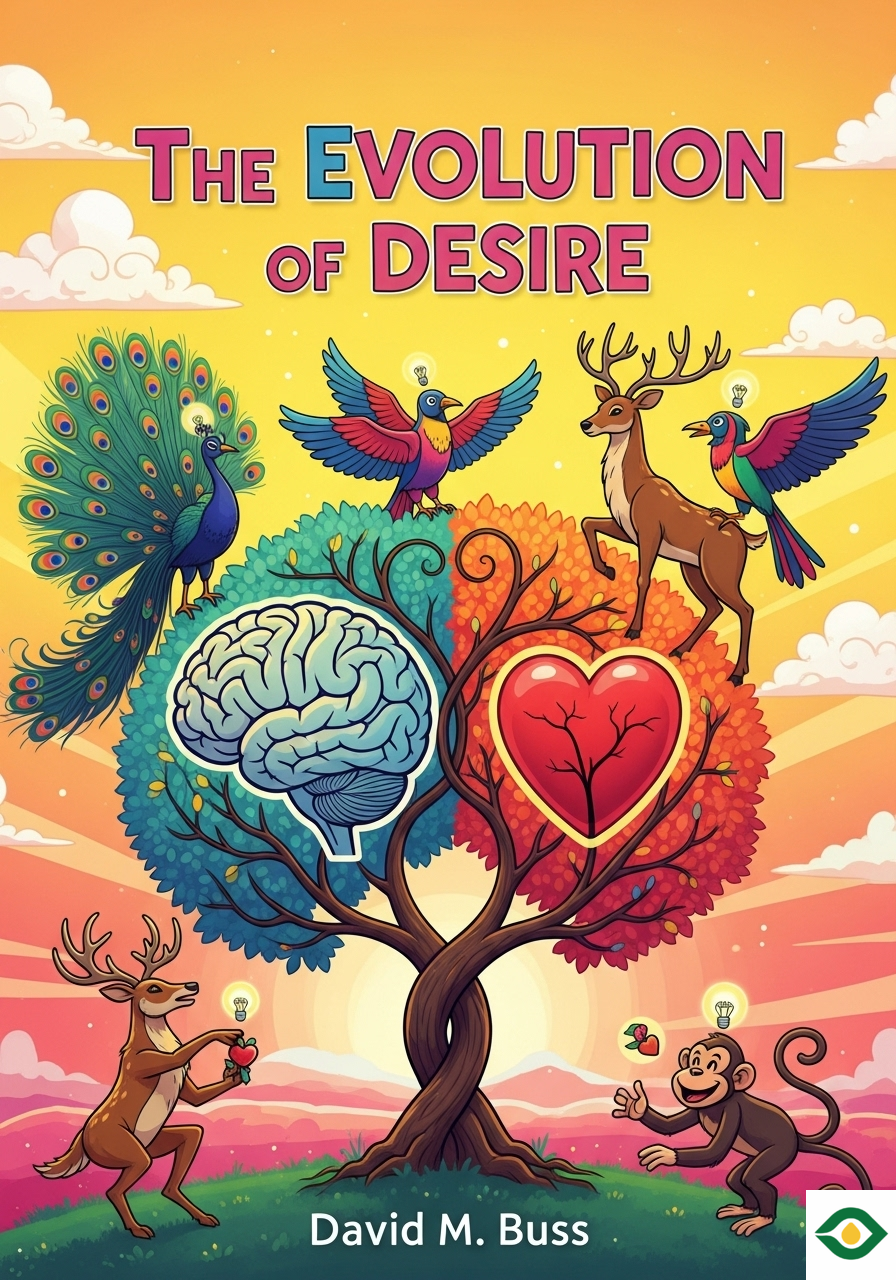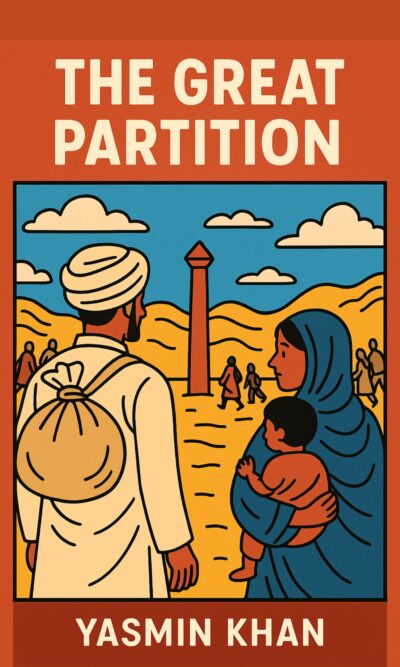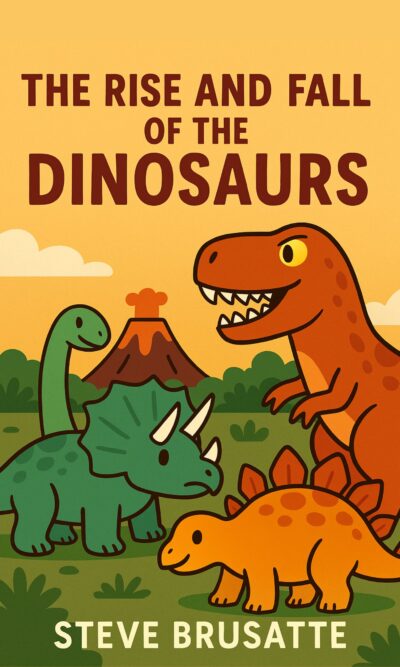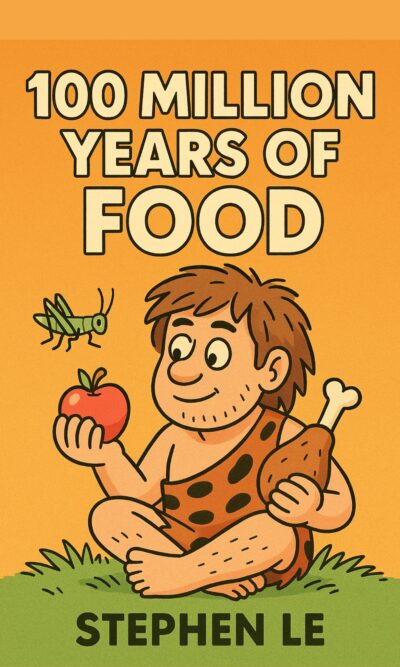Description
Human desire has always been a fascinating mystery. Why do people fall in love with certain partners and not others? What drives attraction, commitment, and even betrayal? David Buss’s The Evolution of Desire explores these timeless questions by studying human mating strategies across cultures. Based on research from thousands of people around the world, the book shows that although societies and customs have changed, the underlying psychology of desire has remained strikingly consistent.
At its heart, human attraction is not random. It is shaped by evolution, survival, and reproduction. Our ancestors faced challenges in raising children, protecting families, and ensuring survival. These challenges left marks on our minds, guiding us toward certain preferences in a mate. The qualities people look for today—whether wealth, beauty, kindness, or intelligence—can often be traced back to the practical needs of ancient life.
For women, choosing a mate has historically been a high-stakes decision. Pregnancy and childcare demand huge amounts of energy, time, and risk. A single child could take years of attention, and in ancient times, the survival of that child was never guaranteed. For this reason, women tended to look for men who could provide resources, stability, and protection. A man’s health mattered because it signaled good genes and reduced the risk of disease. His ability to gather food, defend his family, and maintain social connections also influenced his attractiveness.
But women’s choices went deeper than immediate resources. They often considered a man’s future potential. Was he ambitious? Could he grow in wealth or influence? Would he stay committed over time, or abandon her once difficulties arose? Women also looked for emotional stability and kindness, since raising a child required cooperation. These preferences appeared in cultures across the globe, even in societies with very different traditions.
Modern women may not rely on men for survival in the same way, but the old preferences still remain. Studies show that even financially independent women tend to prefer partners who offer support—whether in the form of money, time, or emotional care. The needs of the human heart have not changed as quickly as technology or culture.
Men, on the other hand, historically faced a different problem. Unlike women, men could father many children with little physical investment. From a purely biological perspective, spreading their genes widely was advantageous. Yet most men did not have the chance to mate with multiple partners, since women often required commitment before sex. This tension shaped men’s desires and behaviors.
When it came to choosing a partner, men tended to focus on signs of youth and fertility. Physical beauty—clear skin, full lips, shiny hair, a healthy body—often served as unconscious signals of reproductive potential. Men across cultures valued these traits, though local circumstances shaped preferences. In societies where food was scarce, a fuller body was considered attractive because it suggested wealth and health. In other places, slimmer figures were admired.
This emphasis on appearance was not limited to heterosexual men. Gay men have also placed strong importance on youth and attractiveness, while lesbian women, in contrast, have generally valued honesty, intelligence, and kindness more than looks. The contrast highlights a consistent trend: men, regardless of orientation, often prioritize visual cues, while women often emphasize reliability and resources.
But desires are not fixed forever. They shift across a lifetime and can even change with social progress. For women, age once sharply reduced desirability, since fertility declined with time. Today, age plays a smaller role. Many women choose not to have children, and older women may be valued for their wisdom, parenting skills, or companionship rather than fertility. In some cases, older women even date younger men, reversing traditional roles.
For men, desirability often increases with age. As men grow older, they usually gain more resources, experience, and social status. These qualities can make them more attractive as long-term partners, especially to women who still value stability and protection.
Despite all the changes in modern culture—romantic apps, globalized societies, new roles for men and women—the patterns of desire show a strong link to our evolutionary past. Women continue to prefer partners who can provide some form of investment, and men continue to be drawn to youth and beauty as signs of fertility. Even when people consciously reject these old instincts, the underlying psychology still influences choices.
Buss also points out that not all mating strategies are about long-term love. Casual relationships, affairs, and breakups are also part of human behavior. For some, these may serve as strategies for survival or opportunity, though they often bring pain and conflict. Jealousy, heartbreak, and competition are all connected to the same evolutionary forces that drive attraction.
Understanding the origins of desire can help people make sense of modern relationships. Why do some people feel drawn to wealthy partners? Why do others focus only on looks? Why do commitments sometimes break even when love seems strong? The answers lie in a complex mix of biology, psychology, and history.
The book does not suggest that humans are prisoners of their instincts. Instead, it shows that awareness of our desires can lead to better decisions. Knowing what drives attraction may help individuals avoid harmful relationships, understand their partners more deeply, and create stronger connections.
In conclusion, The Evolution of Desire reveals that love, attraction, and sexuality are not random feelings. They are the result of millions of years of survival challenges and reproductive strategies. Women tend to seek partners who can provide stability, while men tend to value youth and beauty. Both patterns are deeply rooted in our past, even as modern life reshapes how we act on them.
Desire will continue to change as cultures evolve, but the ancient patterns remain at the core of human connection. By understanding these patterns, people can gain insight not only into romantic relationships, but also into the very nature of what it means to be human.





